1. Big Portions
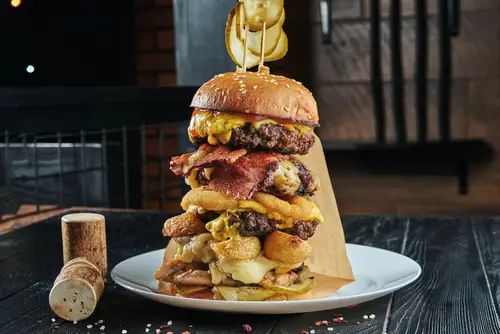
American restaurant meals are notoriously large, often double or triple what someone needs. People know it leads to food waste and overeating, but they justify it as “getting their money’s worth.” Portion sizes have grown steadily over the past few decades. The result is a culture where a single meal could feed two or three people.
Defenders argue that leftovers are part of the deal, and taking food home feels like a bonus. But many diners never actually finish those giant boxes. Health experts point out the connection to obesity rates, but portion sizes rarely shrink. Americans see abundance as value, even if it doesn’t make practical sense.
2. Tipping Culture

Americans are fiercely defensive about tipping, even though the system confuses both locals and visitors. Servers in the U.S. often rely on tips to make up for wages far below the federal minimum. That makes dining out a guessing game of math and etiquette every single time. Strangely enough, many people admit the system is broken but resist changes.
This habit makes little sense compared to countries where service charges are built into the bill. It creates unpredictable income for workers and awkward pressure for customers. Yet, when anyone suggests scrapping tipping for higher wages, plenty of Americans push back. They say tipping rewards good service, even though studies show it’s inconsistent and biased.
3. Free Refills
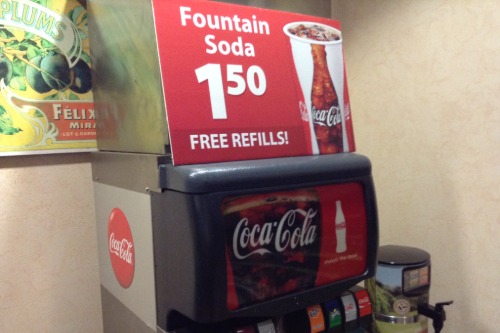
In most of the world, if you want another soda, you buy another soda. In the U.S., restaurants proudly advertise bottomless refills, as though carbonated corn syrup is a human right. The economics make little sense, because it’s not exactly free—it’s baked into the price of the meal. Still, Americans defend it like it’s a sacred dining tradition.
This practice contributes to excess sugar consumption and waste from disposable cups. Yet people treat it like a perk that defines American hospitality. When visitors question the logic, Americans argue that it’s just “part of the experience.” Free refills are less about practicality and more about the illusion of abundance.
4. Driving Everywhere

In much of the U.S., walking is treated like an unusual activity rather than a way to get around. Even in cities, the infrastructure often assumes you’ll drive from one place to another. This dependence on cars makes sense in sprawling suburbs, but less so in areas with public transport. Still, Americans cling to their steering wheels.
The logic doesn’t hold up when you look at traffic, gas prices, and time wasted commuting. Many people defend driving as freedom, even if it means hours stuck on congested highways. Visitors are often shocked at how little is within walking distance. Despite the downsides, Americans insist that driving is simply the American way.
5. Icy Cold Drinks

Ask for water in an American restaurant, and you’ll almost always get it packed with ice. People defend it like it’s refreshing, but not everyone agrees—it actually dilutes drinks quickly. Many cultures prefer room-temperature or lightly chilled beverages. Yet in the U.S., a lukewarm drink is considered borderline unacceptable.
It makes little sense when you think about the extra energy used to produce and store ice. Still, Americans treat a frosty glass as a sign of quality service. Foreigners often find it excessive, especially in colder months. Somehow, ice has become a default, not an option.
6. Wearing Shoes Indoors
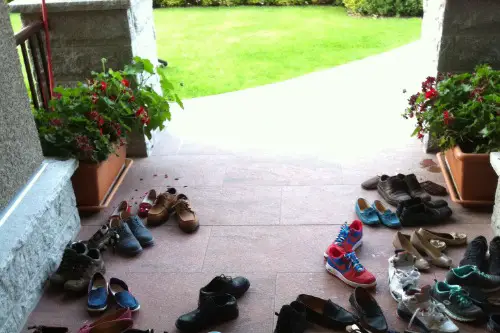
In many countries, it’s normal to take shoes off at the door, but Americans often keep them on inside. They defend it as more convenient, even though it tracks dirt, germs, and chemicals around the house. For visitors, it can feel strange to see people lounging on the couch in sneakers. Yet plenty of Americans don’t see it as odd at all.
The habit doesn’t make much hygienic sense, especially when you consider what ends up on sidewalks and streets. Research has shown that bacteria and toxins hitch rides on shoe soles. Still, the cultural expectation of “no fuss” comfort often wins out. Americans associate keeping shoes on with being casual and relaxed.
7. Huge Laundry Machines
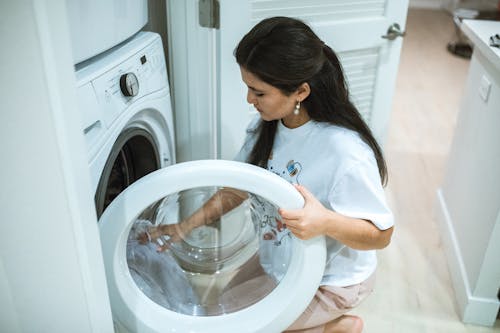
American homes often feature washing machines and dryers that could fit a week’s worth of clothes. People defend them as efficient, but in many countries, smaller machines do the same job. The logic doesn’t quite add up when you consider energy and water usage. Still, Americans are attached to their big, bulky appliances.
This obsession with size also extends to laundry frequency. Instead of smaller loads more often, many people wash massive piles at once. Clothes dryers are another point of pride, even though line-drying is cheaper and more eco-friendly. The “bigger is better” mentality shapes laundry just as much as food.
8. Open-Plan Homes
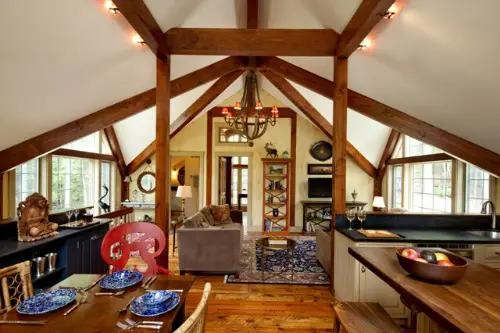
Many American homes are designed with open kitchens, living rooms, and dining spaces all connected. People say it feels modern and social, but it’s not always practical. Cooking smells, noise, and clutter travel freely without walls to contain them. Still, Americans defend the open-concept like it’s the gold standard.
The logic breaks down when families need privacy or quiet spaces. Working from home has highlighted just how inconvenient open layouts can be. Yet, buyers continue to demand them, and builders continue to supply them. Americans often equate openness with freedom, even if it makes daily life harder.
9. Flag Displays Everywhere
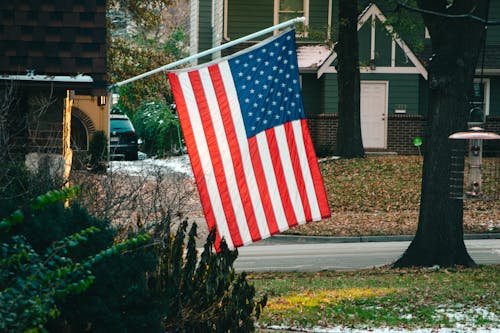
The American flag is on houses, bumper stickers, t-shirts, and even swimsuits. For many, it’s a symbol of pride and freedom, but the sheer ubiquity is unusual compared to most countries. People defend it as patriotic, even when it veers into overuse. Visitors sometimes see it as intense or excessive.
The practice doesn’t make much sense when you consider how flags in other countries are treated. In many places, flags are reserved for government buildings or official events. In the U.S., it’s an everyday decoration, sometimes even disposable. Americans defend it as harmless pride, even when it borders on commercialization.
10. Air Conditioning Overload
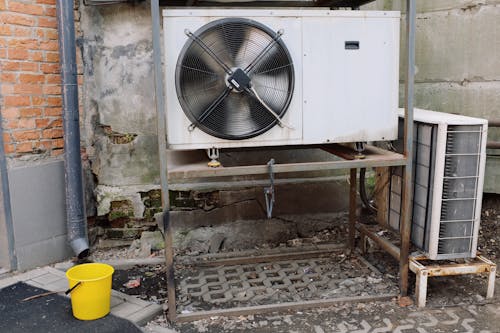
American offices, homes, and stores are often chilled to near-arctic temperatures in the summer. People defend it as comfort, but visitors regularly complain it’s freezing indoors. The logic doesn’t hold when you realize people then need sweaters inside during heat waves. It’s as if overcooling is the default setting.
This habit also racks up energy bills and strains power grids. Yet many Americans insist it’s a necessity rather than a luxury. When asked to raise the thermostat, people often push back hard. Comfort, in this case, often overrides practicality.
11. Drive-Thrus for Everything
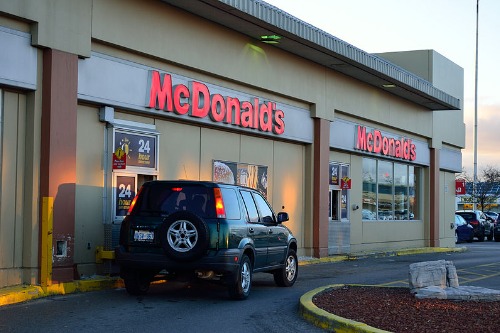
Fast food, coffee, banks, pharmacies—Americans love the convenience of drive-thrus. People defend them as efficient, but often the lines take longer than walking inside. The system adds to car dependency and emissions. Still, it’s treated as a hallmark of American convenience culture.
The logic falls apart when you notice drive-thrus encourage idling, which wastes fuel. Yet many Americans insist they can’t live without them. During the pandemic, they became even more popular, reinforcing the habit. Convenience often wins over logic in everyday choices.
12. Celebrating Halloween at Full Throttle

While other countries may mark Halloween quietly, Americans go all-in with decorations, candy, and costumes. People defend it as fun for kids and communities, but it has ballooned into a billion-dollar industry. Entire neighborhoods compete with elaborate yard displays. Adults now throw just as many parties as kids go trick-or-treating.
The logic doesn’t hold when you consider the expense and waste involved in single-use costumes and candy wrappers. Yet Americans argue it builds community spirit. For them, it’s about joy and tradition, even if it’s excessive. What looks over-the-top abroad feels like normal fall fun in the U.S.
This post 12 Everyday Habits Americans Defend Even Though They Make No Sense was first published on American Charm.


